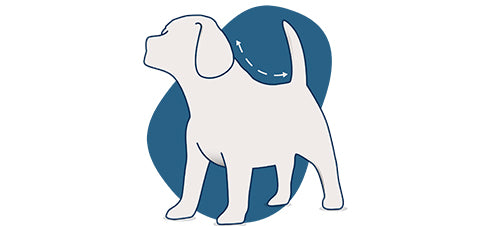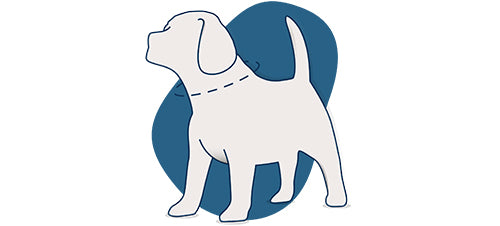When it comes to engaging our canine companions in physical activities, fetch undoubtedly tops the list. The exhilaration of a well-executed throw and the boundless enthusiasm with which our dogs retrieve the thrown object are unparalleled joys for both pet and owner. To elevate this classic game of fetch, investing in the right dog throwing toys is paramount. In this comprehensive guide, we explore the best dog throwing toys on the market, ensuring your furry friend enjoys hours of playful exercise and stimulation.
The Significance of Dog Throw Toys
Dog throw toys, also known as dog throwing toys or throw and fetch dog toys, serve as a vital component of a dog's mental and physical well-being. These toys facilitate active play that enhances coordination, agility, and endurance in dogs. Additionally, they promote a strong bond between pets and their owners, as the shared activity fosters trust and connection. In the following sections, we delve into a curated selection of the best dog throwing toys, catering to various preferences and needs.
Our Top 5 Dog Throwing Toys
1. Chuckit! Sport Ball Launcher
The Chuckit! Sport Ball Launcher is a pioneer in the realm of dog throwing toys. Designed for maximum throwing distance, this device allows you to effortlessly propel a range of compatible balls, from tennis balls to rubber balls.
Its ergonomic handle ensures a comfortable grip, reducing strain on your arm during extended play sessions. With its compatibility across different ball types, the Chuckit! Sport Ball Launcher is a versatile option suitable for dogs of all sizes.
2. GiGwi TPR Bone 'Flying Tug'

For pet owners seeking a more gentle and flexible option, the GiGwi TPR Bone 'Flying Tug' is a standout choice. Crafted from durable TPR material, this bone-shaped toy combines the thrill of fetch with an interactive tug-of-war element. The flexible yet sturdy design ensures a comfortable grip for both you and your dog. Its aerodynamic structure guarantees stable flight, making it perfect for outdoor play sessions that involve long throws.
What sets the GiGwi TPR Bone Flying Tug apart is its dual-purpose nature – serving as a flying toy for fetching and a tug toy for interactive playtime. This versatile toy not only engages your dog's body but also stimulates their mind, making it a well-rounded option for hours of play. The GiGwi TPR Bone 'Flying Tug' is a superb choice for pet owners who want to cater to their dog's fetch and tug preferences simultaneously.
3. KONG Squeak Air Tennis Ball with Rope
Embrace the wonders of technology with the KONG Squeak Air Tennis Ball with Rope. This innovative throwing toy adds a delightful twist to the classic game of fetch. The combination of a tennis ball and an attached rope creates an engaging dynamic that encourages interactive play.
The durable tennis ball is designed to emit an enticing squeak, further captivating your dog's attention and enhancing the excitement of the game.
The attached rope allows for easy throwing and provides an interactive element for tugging and shaking. This toy offers both mental and physical stimulation, ensuring your dog stays active and entertained for extended periods. The KONG Squeak Air Tennis Ball with Rope is a fantastic option for pet owners seeking a versatile and engaging throwing toy that adds an extra layer of fun to every fetch session.


4. Nerf Dog Tennis Ball Blaster
The Nerf Dog Tennis Ball Blaster merges classic fetch with a playful twist. This toy doubles as a launcher and a ball blaster, allowing for exciting solo play. Simply load a tennis ball into the blaster, pull back the mechanism, and release to launch the ball with impressive distance. Its hands-free pickup feature ensures that you can avoid touching slobbery or muddy balls. The Nerf Dog Tennis Ball Blaster is a fantastic option for interactive fun in various outdoor settings.
5. Chuckit! Ultra Ball
The Chuckit! Ultra Ball is a must-have accessory for any dog throwing toy collection. This bouncy and durable ball is designed for long-lasting play, with an enticing texture that encourages dogs to fetch and carry it. Its buoyant nature makes it suitable for water-based play as well, adding versatility to your fetch sessions. The bright colors of the Chuckit! Ultra Ball ensure high visibility, even in tall grass or water.


In conclusion, the world of dog throwing toys offers a plethora of options to suit every dog's personality, play style, and size. By investing in high-quality throw and fetch dog toys, you provide your furry friend with not only physical exercise but also mental stimulation and a strengthened bond with you. Whether you opt for the Chuckit! Sport Ball Launcher, the Nerf Tennis Ball Blaster, or any other option mentioned, the joy and health benefits derived from interactive play are immeasurable. So, seize the opportunity to enhance your fetch game and create cherished memories with your four-legged companion.


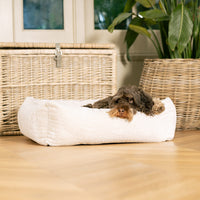

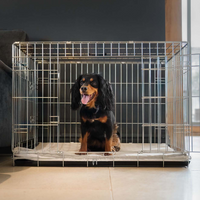

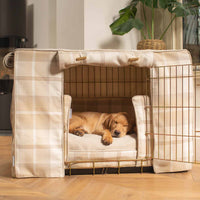
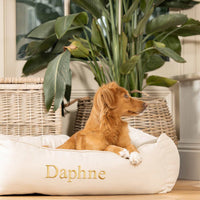
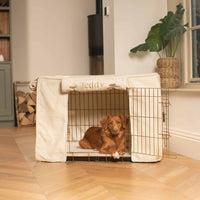
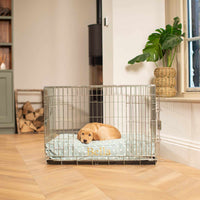
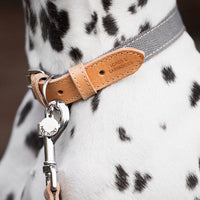



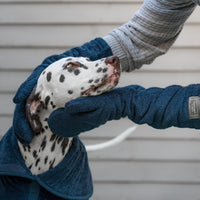

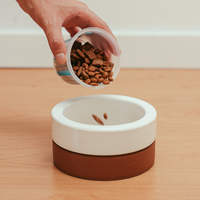
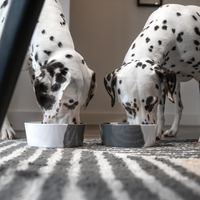
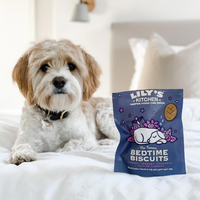
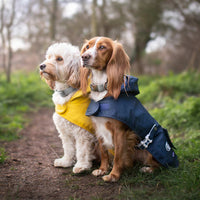
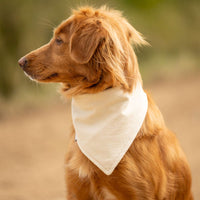
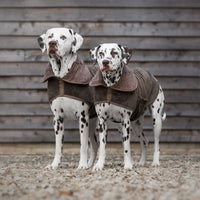
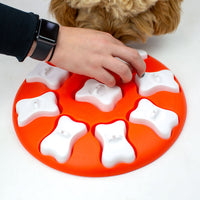
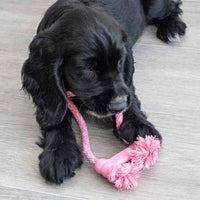
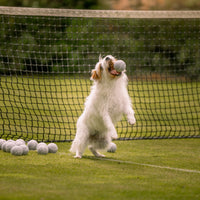
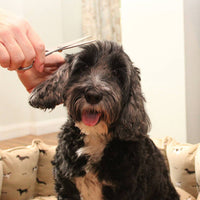
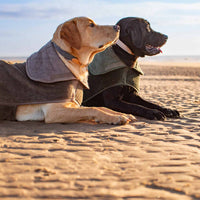
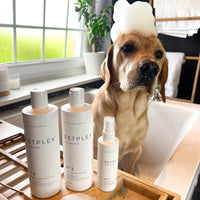
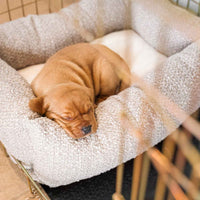
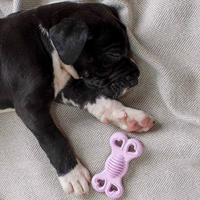
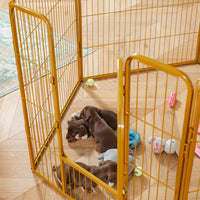
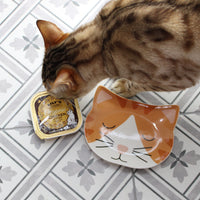
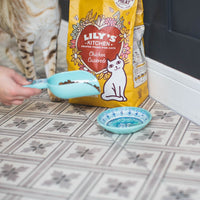
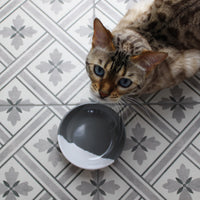
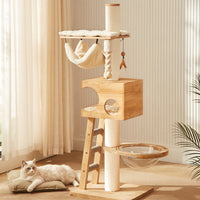
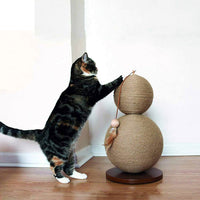

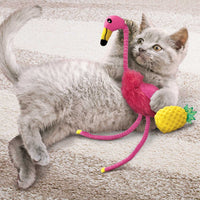

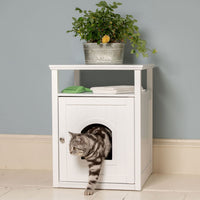
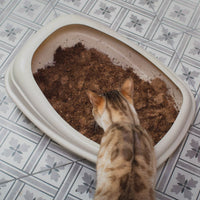
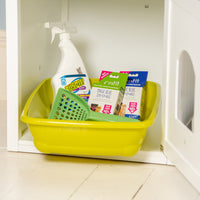
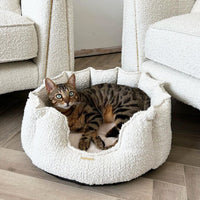
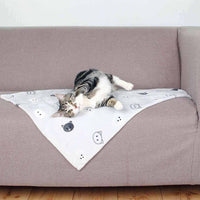
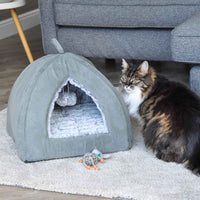





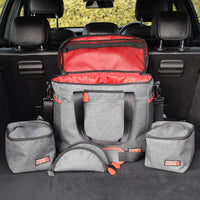

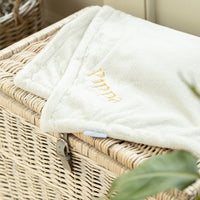

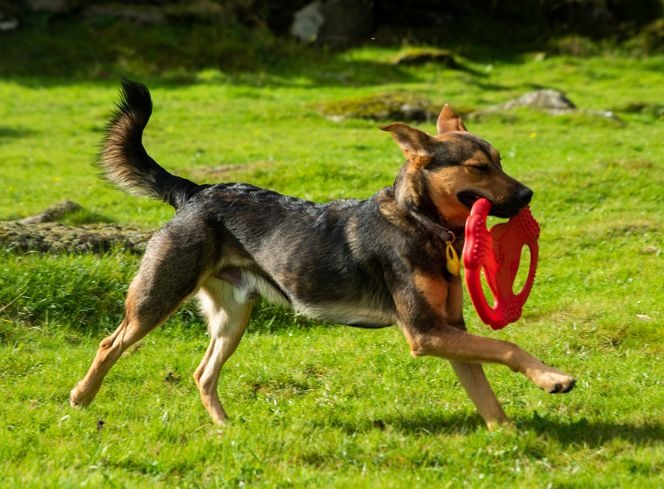










.jpg?v=1727958217793&options=)
































